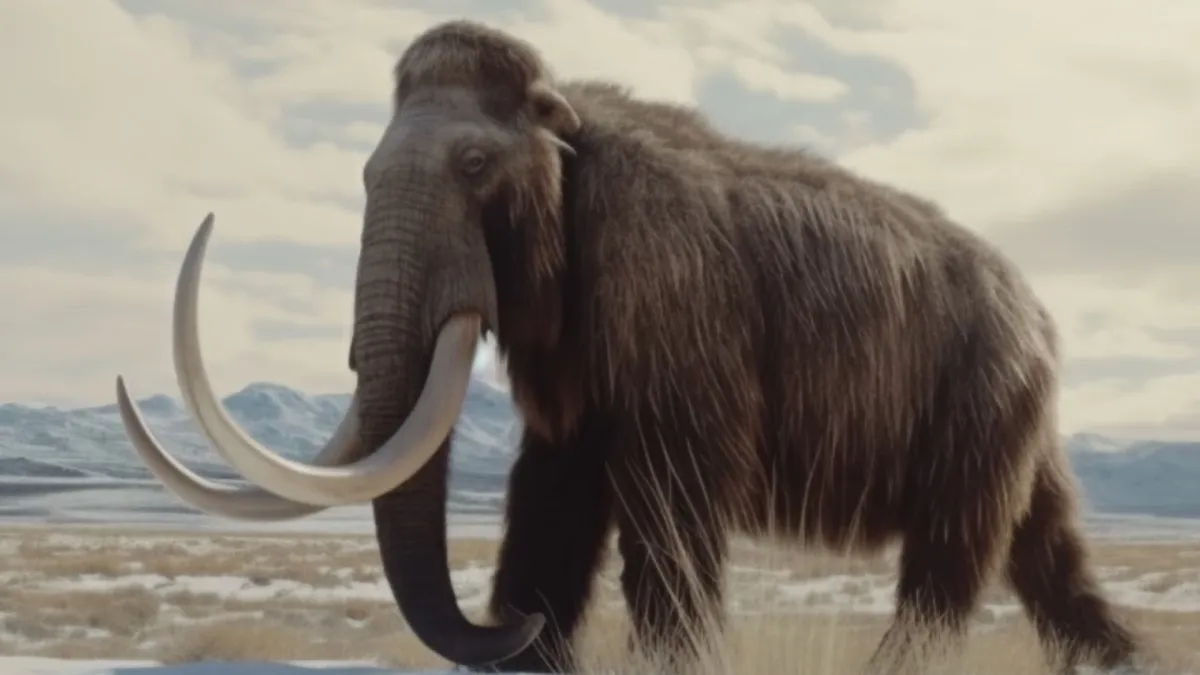In a historic building in Deep Ellum, a colossal effort is underway to bring some of the most famously extinct animals back to life.
The wild mission comes from a Dallas-based company called Colossal Biosciences which is working to de-extinct the woolly mammoth, lost 4,000 years ago.
Matt James is Colossal’s chief animal officer.
“We are creating technology that’s going to change tomorrow with de-extinction but what’s amazing is that those technologies are making a difference to endangered species conservation today,” said James.
Using DNA from Asian elephants and DNA recovered from woolly mammoths frozen in the arctic tundra, researchers at Colossal Biosciences are using gene editing technology to reengineer the genome of an Asian elephant until it reflects that of a woolly mammoth.
“As it turns out the woolly mammoth and Asian elephant are 99.6% gnomically similar,” said James.
And that’s just part of the project.
Inside its labs in Deep Ellum, work is underway to create artificial wombs to grow a woolly mammoth calf.
Colossal has set a due date for the year 2028.
“When I was offered this position, I was sort of considering my life choices in this amazing opportunity to work at Colossal, my little brother called me and said, ‘Do you understand you could be the first modern human to ever see a woolly mammoth? You could be the first person that’s there to take that photo with a mammoth,’ and that opportunity is not lost on me. That privilege is incredible and it’s an amazing driving force,” said James.
But there’s an even bigger driving force.
James says restoring a mammoth ecosystem can preserve permafrost, or ground that remains frozen, and slow the release of greenhouse gases.
“This is probably worth 100 different lifetimes of achievement to accomplish this goal, but we have to push as fast as we can because we are facing this imminent threat of global climate change,” said James.
See here for some background. As the story notes, Colossal Biosciences is also working on projects to revive the dodo and the Tasmanian tiger. The idea behind it all, beyond the inherent coolness, is that these animals were crucial to their local ecologies and having them back would be a boon for them. I’m not qualified to speak to that and it seems like a big bet, but that’s what they’re doing. We’ll see where they are in five years. Reform Austin has more.


Sounds like they need to work on establishing the ecosystem the woolly mammoth lived in first, which has been lost as the mammoth itself was
Pingback: Dodo update | Off the Kuff